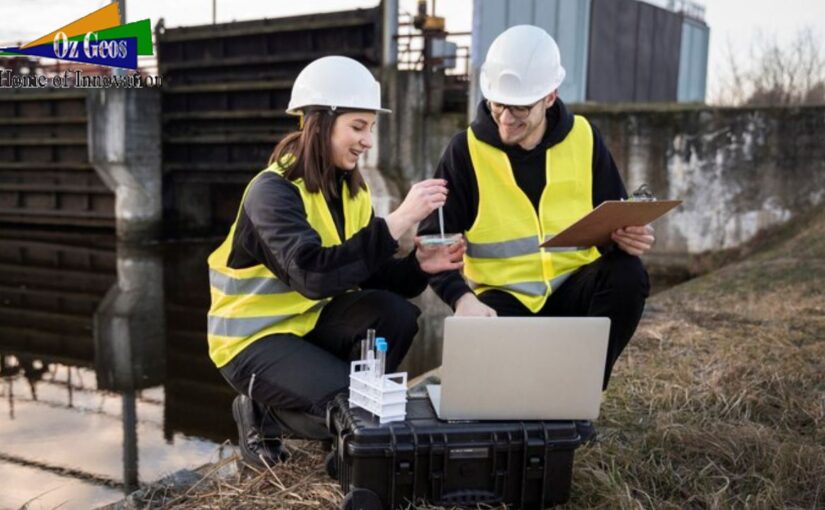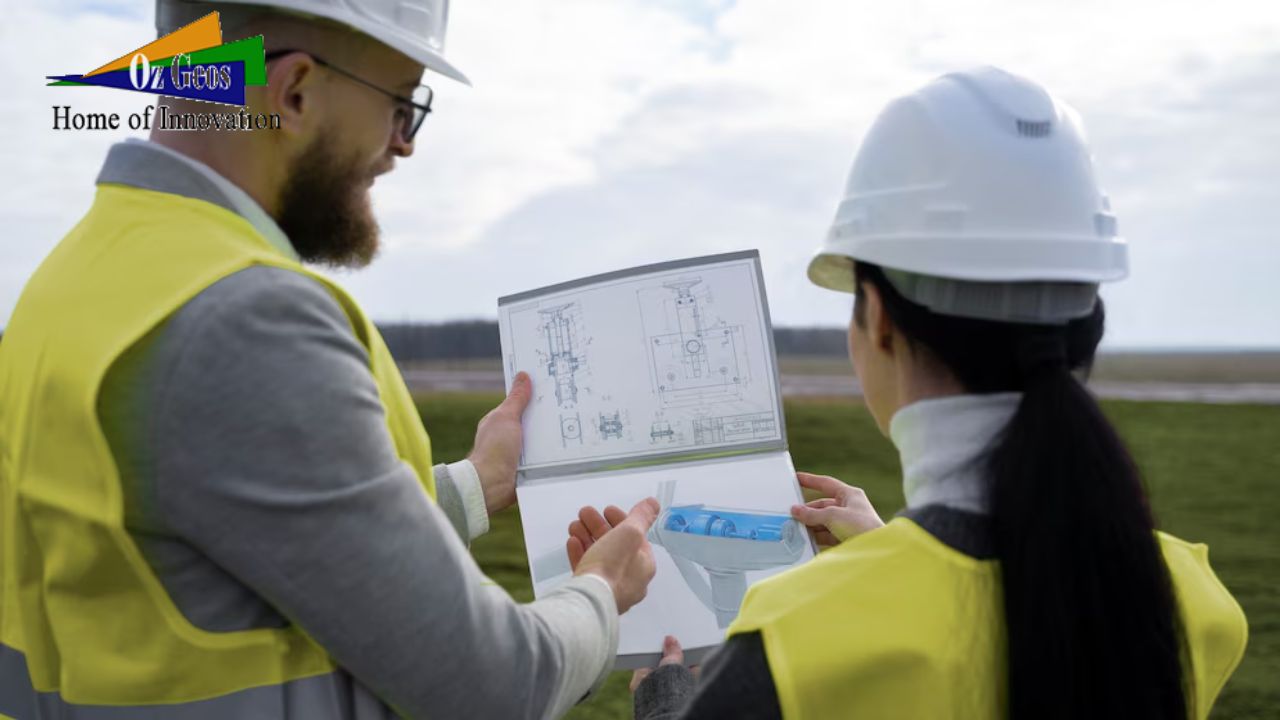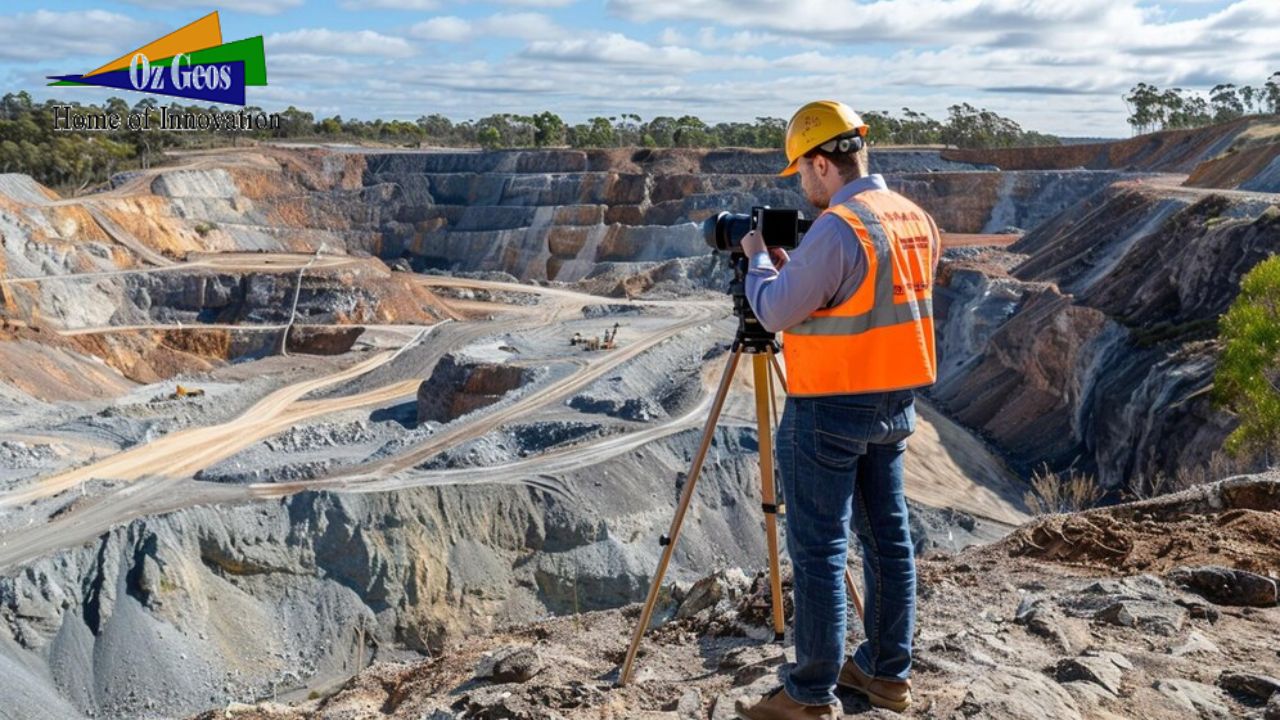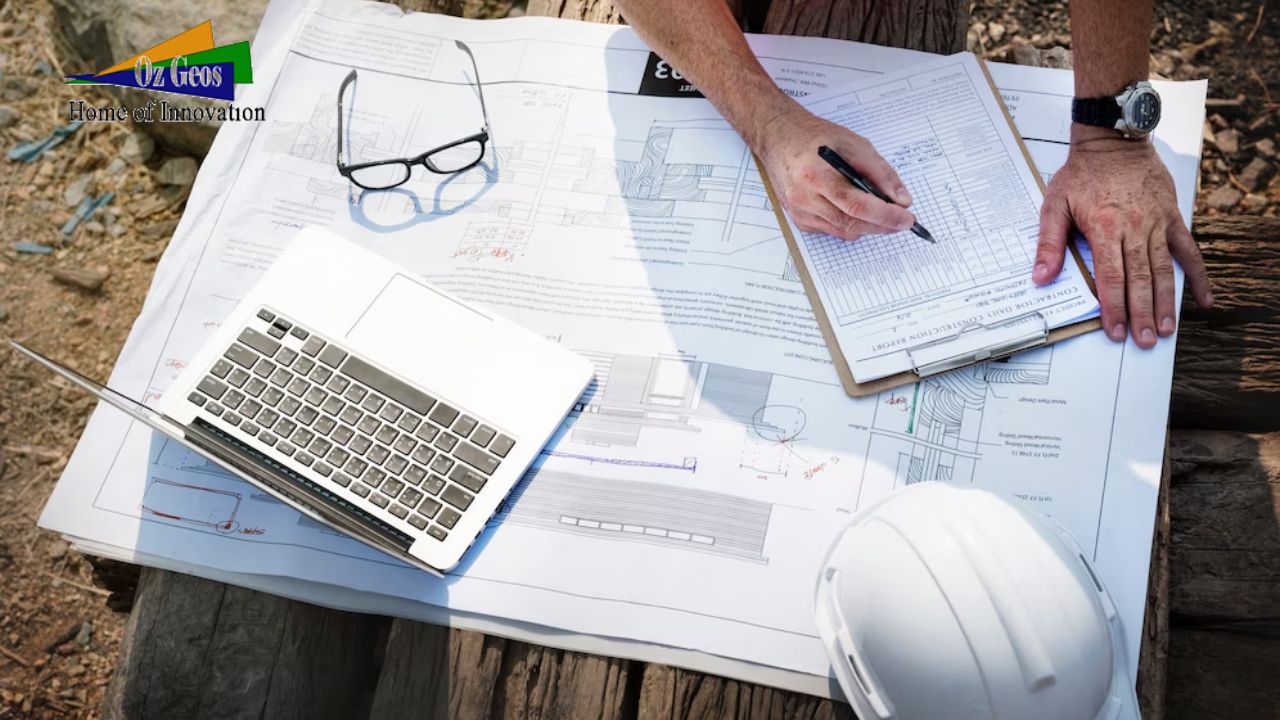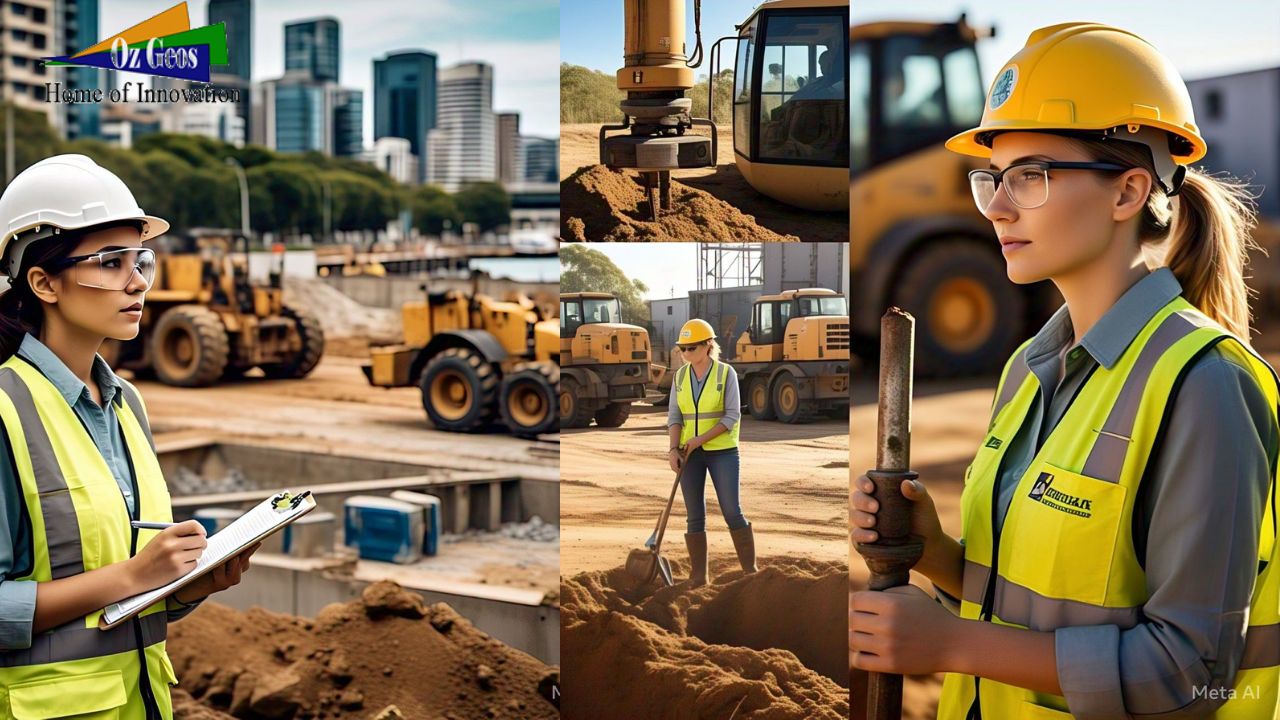Geotechnical Investigations: A Step-by-Step Guide for Property Developers!
For property developers, ensuring the stability and safety of a site is one of the most crucial
elements in the planning and construction phases of a project. Geotechnical investigations are a
fundamental part of this process. By conducting thorough soil testing and analysis, developers
can make informed decisions about foundation design, potential risks, and the overall feasibility
of a construction project. In this blog, we’ll walk through a step-by-step guide on how
geotechnical investigations work and why they are essential for property developers.
Step 1: Initial Consultation and Site Assessment
The first step in a geotechnical investigation is the initial consultation between the property
developer and a qualified geotechnical engineer. During this stage, the development team will
assess the site’s characteristics, including:
● Location and accessibility: Determining how easy it is to access the site for testing
and whether any site-specific constraints (such as proximity to water bodies, slopes, or
other structures) could impact the investigation.
● Project requirements: Understanding the scale and scope of the project, including any
specific needs for structural or foundation design.
● Preliminary research: Reviewing any existing soil or geotechnical data available for the
site, such as previous test results, geological maps, or historical site reports.
This initial assessment sets the stage for the detailed investigation and helps the team
understand what types of tests and analyses are necessary.
Step 2: Site Exploration and Soil Sampling
Once the project scope is defined, the next step is the site exploration phase. This involves
physically testing and sampling the soil and ground materials. Geotechnical engineers will
perform several activities during this phase, including:
● Borehole drilling: Engineers drill boreholes at various locations on the site to collect soil
samples from different depths. The number and depth of boreholes depend on the size
and complexity of the site.
● Soil sampling: Samples are collected from different strata (layers of soil) at various
depths. These samples are sent to a laboratory for detailed analysis.
● In-situ testing: In some cases, engineers may use specialized equipment to conduct
tests directly on the site, such as Standard Penetration Tests (SPT) or Cone Penetration
Tests (CPT), to assess soil density, compaction, and other properties.
This stage is vital for gathering accurate data on the soil’s composition, strength, and behavior
under load.
Step 3: Laboratory Testing and Analysis
The soil samples collected from the site are sent to a geotechnical laboratory for detailed
analysis. In the laboratory, several tests will be conducted to determine important soil
properties, including:
● Grain size analysis: This test helps determine the composition of the soil, such as the
proportion of sand, silt, and clay. This information is essential for understanding the soil’s
stability and drainage characteristics.
● Soil compaction and density: These tests determine the compactness of the soil,
which impacts the load-bearing capacity and settlement of the foundation.
● Shear strength: Measuring the soil’s ability to resist shear forces helps determine how it
will behave under the weight of the proposed structure.
● Plasticity and moisture content: Tests to determine how the soil responds to moisture
and its ability to expand or contract under wet conditions.
The laboratory results provide the geotechnical engineer with detailed information about the
soil’s characteristics and suitability for construction.
Step 4: Geotechnical Report Preparation
After the testing and analysis are complete, the geotechnical engineer prepares a
comprehensive report. This report includes the findings from the site exploration, laboratory
tests, and any other relevant data collected during the investigation. Key elements of the
geotechnical report include:
● Soil profile: A description of the soil layers at different depths and their properties.
● Groundwater conditions: Information about the depth of the water table, which can
impact foundation design and construction scheduling.
● Geotechnical recommendations: Based on the data, the engineer will recommend the
type of foundation that would be most suitable for the site (e.g., slab-on-grade, deep
foundations, or piles) and any necessary soil treatment, such as soil stabilization or
drainage improvements.
● Potential risks: Identifying any soil-related risks, such as expansive soils, slope
instability, or contamination, and suggesting mitigation measures.
This report serves as a valuable resource for property developers, architects, and engineers to
design the foundation and structure safely and efficiently.
Step 5: Integration with Project Planning and Design
The findings from the geotechnical investigation are then integrated into the overall project
design. The property developer, structural engineers, and architects will work together to:
● Incorporate foundation recommendations: The geotechnical engineer’s
recommendations for the foundation design will directly influence the architectural and
structural plans. For example, if the soil is weak, the design may call for deeper
foundations or soil improvement techniques.
● Adjust construction schedules: If the soil conditions require special foundations or
mitigation measures, the construction timeline may need to be adjusted to account for
additional work or longer curing times.
● Assess cost implications: Based on the soil conditions and the required foundation,
the project budget may need to be revised to reflect any additional costs for soil
treatment, excavation, or specialized foundation work.
By integrating the geotechnical report into the design and planning stages, developers can
ensure the project proceeds smoothly without unexpected issues or delays later on.
Step 6: Ongoing Monitoring and Adjustments
In some cases, especially for larger or more complex developments, ongoing monitoring during
construction may be necessary. For example, if unexpected soil conditions are encountered
during excavation or foundation work, further geotechnical assessments might be required to
adjust the design or approach.
Regular communication between the property developer, engineers, and geotechnical
professionals ensures that any changes or challenges are addressed promptly, minimizing
disruption to the project’s progress.
Conclusion
Geotechnical investigations are an essential part of property development, providing invaluable
insights into the suitability of the land for construction. By following this step-by-step
process—from initial consultation to final report and integration into design—property
developers can make informed decisions, reduce risks, and ensure that their projects are
completed on time and within budget.
At Oz Geos, we specialize in delivering comprehensive geotechnical investigations that help
property developers and construction professionals navigate the complexities of soil and site
conditions. Our expert team is here to guide you through every step of the process, ensuring the
success of your next development project. Contact us today to learn more about our
geotechnical services.

